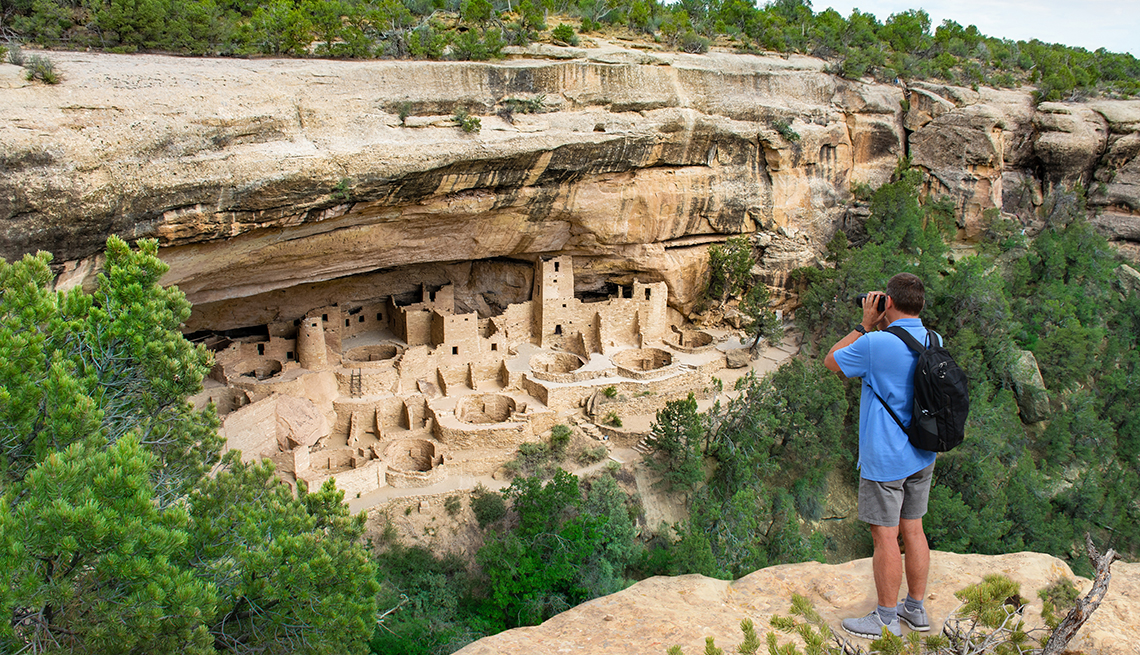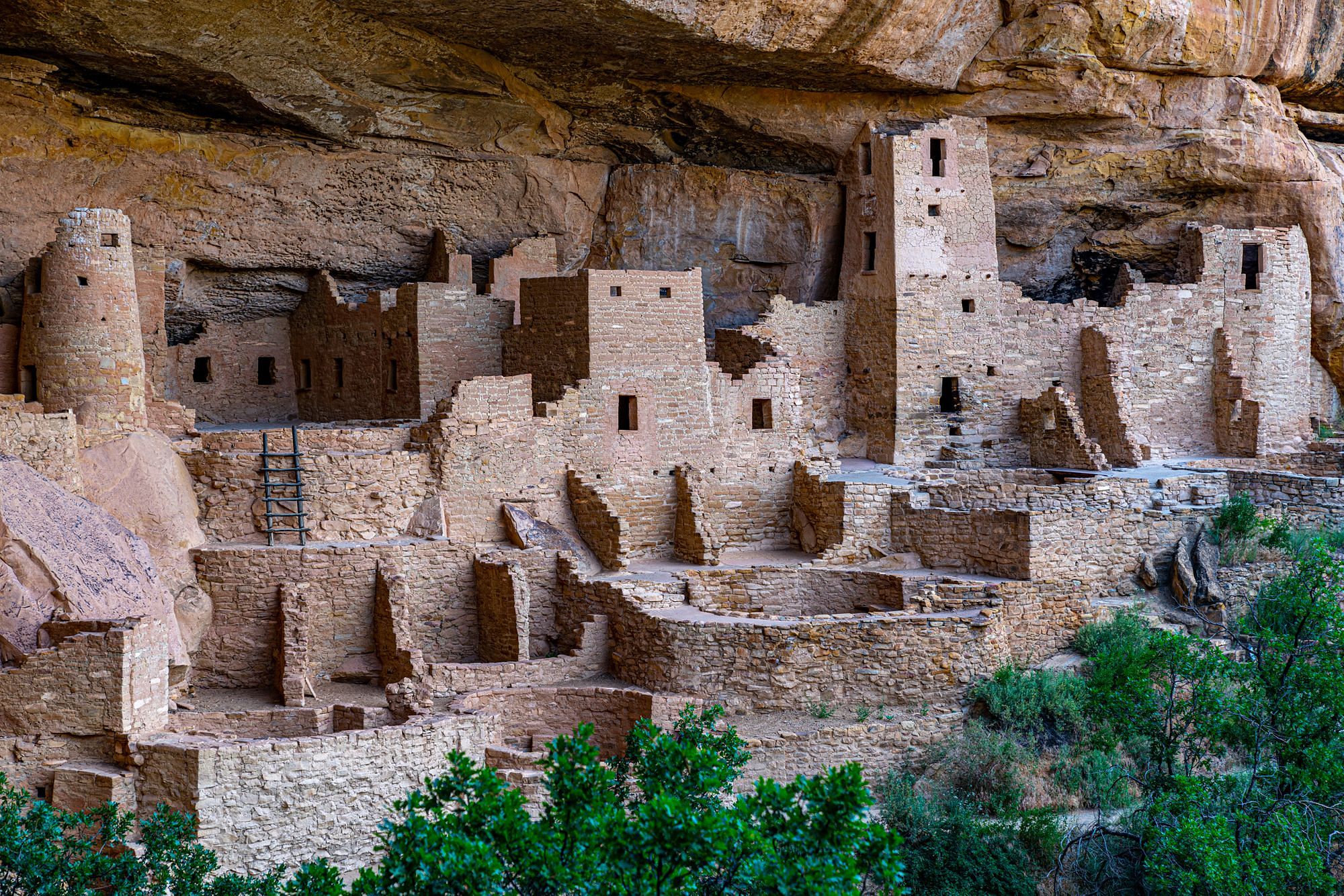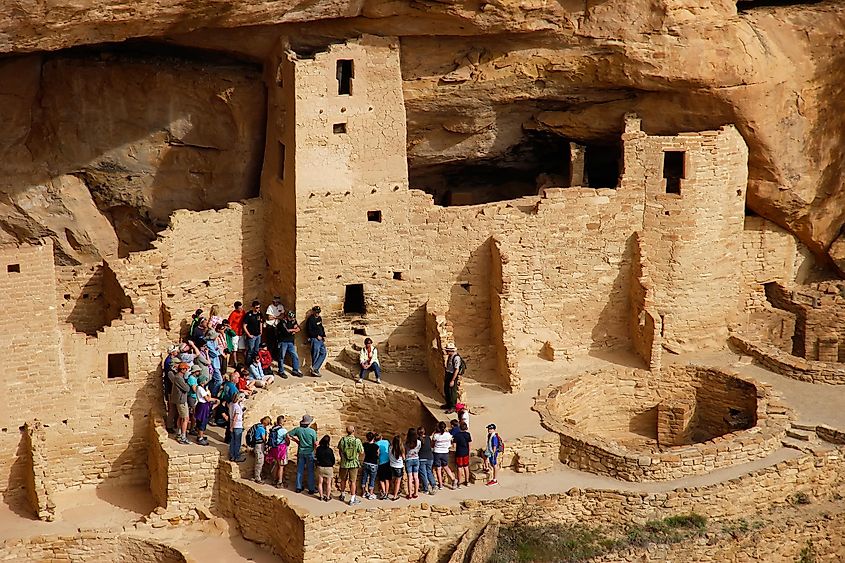Most of the country’s 63 national parks are beloved for their wild and rugged beauty, but Mesa Verde National Park (MVNP) is a cultural treasure unlike any other. Located in the Four Corners region of southwestern Colorado, it preserves the heritage and hand-built architectural achievements of the ancestral Pueblo people, an ancient civilization that created awe-inspiring works of craftsmanship. inspired from 550 to 1300 AD.

There are 5,000 archaeological sites, including 600 canyons-carved cliff dwellings, 52,485 acres of parks, dotted with clusters of verdant pines, junipers, and Gambel oaks, and protected areas. Protects the largest archaeological reserve in the United States.
President Theodore Roosevelt established the park in 1906, and in 1978 MVNP was declared a UNESCO World Heritage Site, along with Yellowstone National Park, the first such designation given in the United States.

The area’s first Spanish explorers gave the area its name – Mesa Verde is Spanish for “green table” – inspired by the vast and lush mountainous scrublands. Geologists will tell you that MVNP is technically a “cuesta” (not “mesa”), due to the terrain tilted toward the sun, which ancestral Pueblo people used to grow corn, their food source. their main reality.
For unknown reasons, in the late 1200s, after seven centuries of building and harvesting, ancestral Puebloans abandoned the cliffs, canyons, and villages of today’s MVNP. Although there were certainly many explorers in the area in the years that followed, it was not put on the map until a snowy day in December 1888, when local ranchers Charlie Mason and Richard Wetherill discovered Cliff Palace – the largest cliff in the park. and main attraction. Fast forward to 2022 and this sacred Indigenous site, which can offer 100-mile views into Arizona, Utah, and New Mexico on clear days, attracts nearly 600,000 visitors each year.

An interpretive sign in the park offers a call to visitors from TJ Atsye, a park ranger and direct descendant of those who once lived here: “For the people of Pueblo, this is still a place to live. We make a pilgrimage back to Mesa Verde to visit our ancestors and draw strength and resilience from them. I ask that you please visit with respect. If you are honest, sincere, and respectful, your ancestors will welcome you.”

Easy to navigate, MVNP is divided into two distinct areas: Chapin Mesa, which has two short, drivable trails where park-goers spend most of their time, and Wetherill Mesa, rated marked by a 5-mile paved walking loop. You won’t need more than a day to experience the park, but to explore its best sites – Cliff Palace, for example – you’ll need to buy tickets to the ranger tours before you arrive.